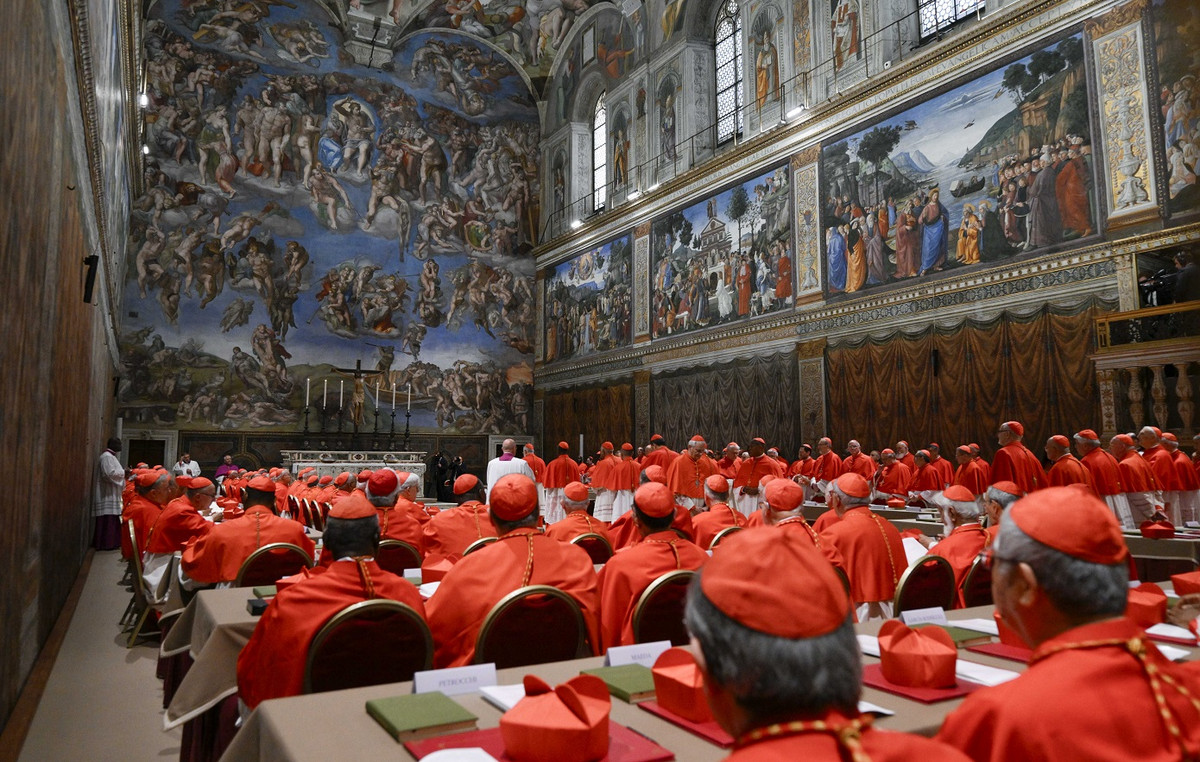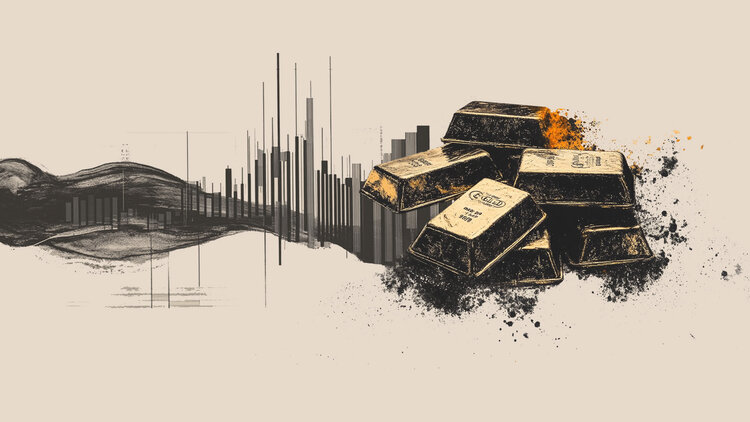As has been seen throughout the year — when the price of airline tickets rose, partly driven by the increase in jet fuel — tickets for travel at the end of the year and in January should continue the upward trend.
Of the ten most popular routes for New Year’s Eve on the Voopter platform, in terms of ticket price comparison, nine are more expensive than in the same period last year. The result is the same when analyzing the January values.
The biggest increase is between Congonhas airport, in São Paulo, and Recife (PE), with 124.7%. According to the survey, the average price of the round trip is R$ 5,855.13.
Last year, the average value of flights was R$ 2,605.38. Still for New Year’s Eve, only the trip between Guarulhos (SP) and Fortaleza (CE) is cheaper than in 2021. The drop is 15%.
Considering the average prices of the most sought after tickets for January, the round trip between Salvador (BA) and Guarulhos is the one that rose the most, going from R$ 970.10 at the beginning of the year to R$ 2,132.10 in January 2023.
The trip between Galeão airport, in Rio de Janeiro, and Fortaleza was the only one with a 3% decrease.
The Brazilian Association of Airlines (Abear) highlights, in a note, that the price of tickets has been fluctuating a lot due to the volatility in the price of a barrel of oil and the dollar. This scenario, he adds, puts pressure on the sector’s costs.
The rise in prices almost made the doctor Luana Passos and her boyfriend, Anderson Kazuo, rethink their vacation destination. With the hotel reservation made, it was only recently that the couple was sure that they would travel from São Paulo to Rio de Janeiro on Christmas Eve. They managed to buy tickets for an “acceptable” price, with a round trip of around R$ 1,000.
“We had the accommodation closed since October, we just needed the tickets”, says Luana. “We didn’t consider going by bus due to the hours of travel. For practicality, we opted for the plane, even though we paid a lot more.”
Aviation kerosene rose by almost 50% in the year and was the “villain” of prices
Among the “villains” in the costs of the airline industry, aviation kerosene is the worst. From January to the beginning of this month, fuel derived from petroleum rose 49.6%.
The input accounts for about 40% of the costs of airlines.
In the same period, ticket prices in the country increased by 22.4%, according to the Brazilian Institute of Geography and Statistics (IBGE).
Similar to what happened with the price of oil, airline tickets began to have a negative variation more recently.
In November, there was a decrease of 9.8%. January, February, March and August also recorded setbacks — which, according to the Brazilian Association of Airlines (Abear), “proves the volatility of aviation’s structural costs and, consequently, of ticket prices”.
Another factor that pressured ticket prices throughout the year was the dollar. The airline industry has 60% of its costs in US currency and, for practically the entire 2022, it was quoted above R$ 5.
Azul, which is not part of Abear, also states in a note that the price of its tickets varies according to factors such as seasonality, anticipation of purchase in relation to the date of travel and availability of seats.
He also says that “external factors, such as the rise in the dollar, are elements that also influence ticket prices”.
level
For consultant André Castellini, a partner at Bain & Company and an expert in the airline industry, the trend is for fares to remain high in the coming months, unless oil prices drop significantly or the real appreciates.
Castellini says that, given the current cost of companies, ticket prices are at a minimum level for the maintenance of operations.
“The results presented by the companies in the third quarter show that the price of tickets is at the necessary level so that they do not burn cash, but it is not remunerating the capital nor has it reached a sufficient level to pay the debts.”
Faced with this scenario, companies have not significantly expanded the offer of flights, in a strategy to maintain the most disputed tickets and, therefore, the highest prices.
Despite having increased the number of destinations served, the frequency of flights has not kept pace.
Castellini assesses that, if the high price of tickets were resulting in greater profits for companies, their shares would be worth more.
Today, however, Gol paper costs 14% of the pre-pandemic price; Azul, 16%; and that of Latam, a company that has just left a judicial recovery process in the United States, 7%.
Source: CNN Brasil
A journalist with over 7 years of experience in the news industry, currently working at World Stock Market as an author for the Entertainment section and also contributing to the Economics or finance section on a part-time basis. Has a passion for Entertainment and fashion topics, and has put in a lot of research and effort to provide accurate information to readers.







